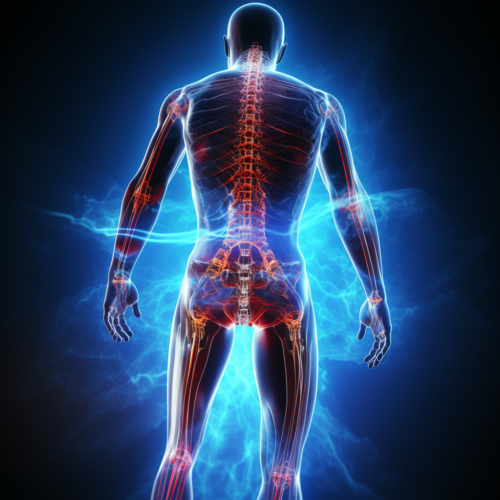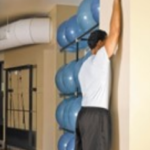Many of us know that Vitamin D is valuable to our bodies but why? Over the past couple of years, mainstream mention of Vitamin D grew because of the COVID pandemic, however, its benefits have been long studied and are relatively well known to those in the nutrition and health field. Here’s all you need to know about Vitamin D, why it’s important to your health, and how to ensure your body is getting what it needs.
What is Vitamin D and Why is it Important?
Technically Vitamin D is a hormone and not a vitamin. Our bodies produce it in response to sun exposure. We all need Vitamin D to help keep our bones and teeth strong, maintain immune function, and help support the absorption of important minerals such as calcium and phosphorus. Low Vitamin D levels may lead to a variety of problems such as weak bones or rickets in children, and osteomalacia (bone softening), osteoporosis, and hormone imbalances in adults. Vitamin D also supports our immune system and may provide additional protection against specific diseases, although research on direct causal links is ongoing.
Who is at Risk of Vitamin D Deficiency?
During the winter months when most of us are indoors and shorter days limit the amount of sun available, we are all susceptible to Vitamin D deficiency. However, certain groups of the population appear to be at even greater risk, including individuals with darker skin, pregnant women, older adults, those who live in limited sunlight regions, and those who suffer from specific conditions (such as obesity or problems digesting fats).
How to Boost Your Vitamin D Levels
Ensuring adequate Vitamin D is necessary for good health in both children and adults. In the summer months, getting outside and ensuring natural sun exposure is key. Throughout the year, maintaining a balanced diet rich in food sources that promote the body’s Vitamin D production, is also important. These include egg yolks, cheese, mushrooms, fortified milk, cereals, and juices, fatty fish (salmon, mackerel, and tuna), and beef liver. In the winter months, Vitamin D supplements may be also beneficial for certain individuals or during the winter months, but always check with your health professional prior to starting anything new.
Need More Information?
If you are concerned about your Vitamin D levels, talk to your health care provider. Our team of experts at Alliance Chiropractic & Wellness Clinic is here to support you, and can help you achieve and maintain your wellness goals so you can be your best self. We offer a range of services including chiropractic care, laser treatment, electric muscle stimulation, kinesiology services, massage therapy, naturopathic medicine, acupuncture, custom foot orthotics, and more. Contact us today to schedule an appointment!
Original article first appeared in Medical News Today.













